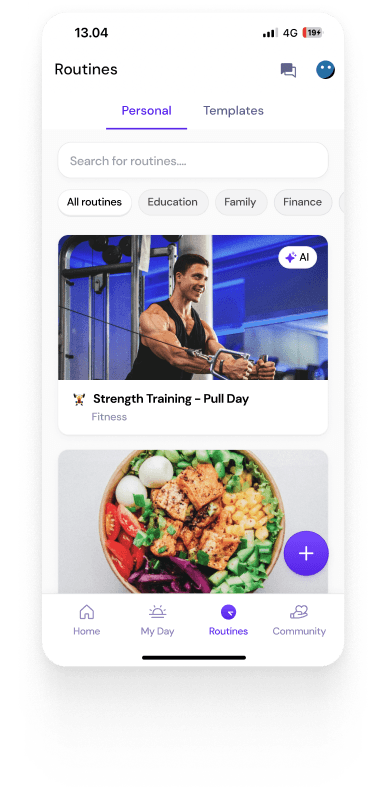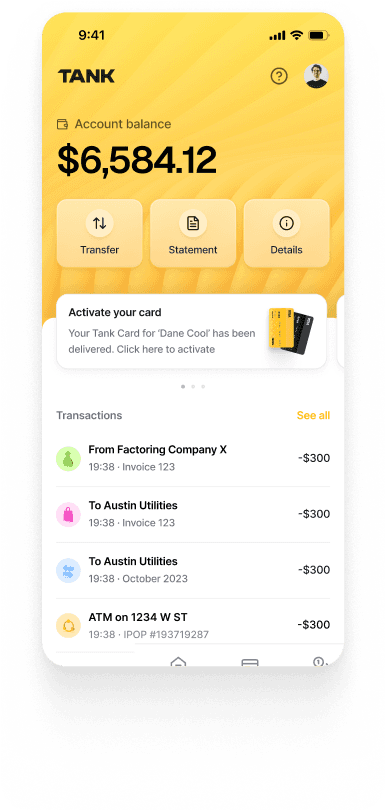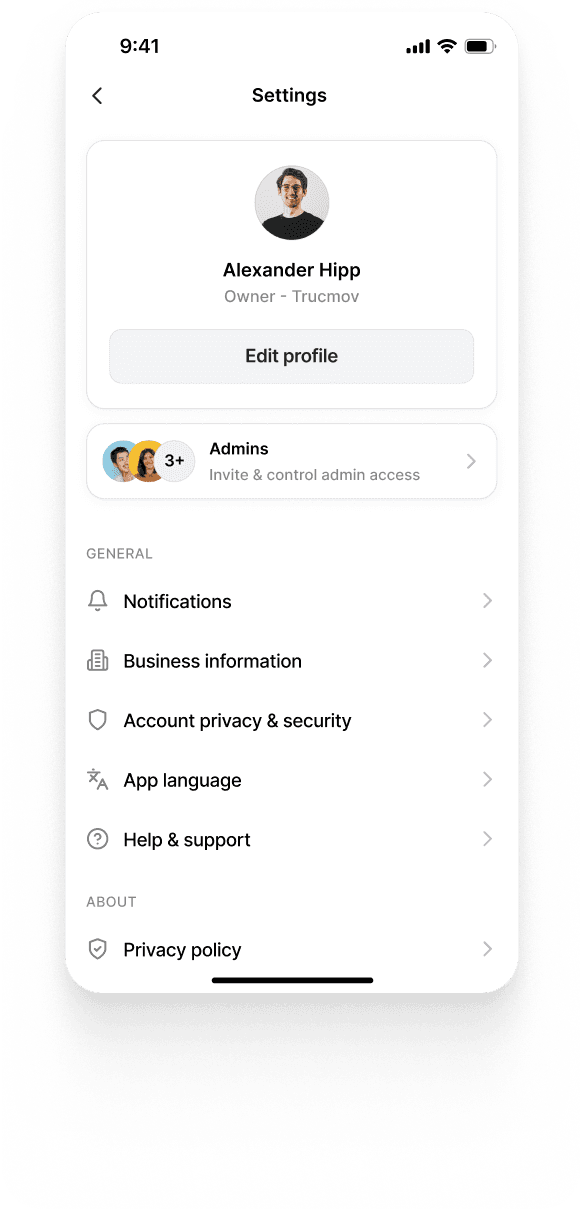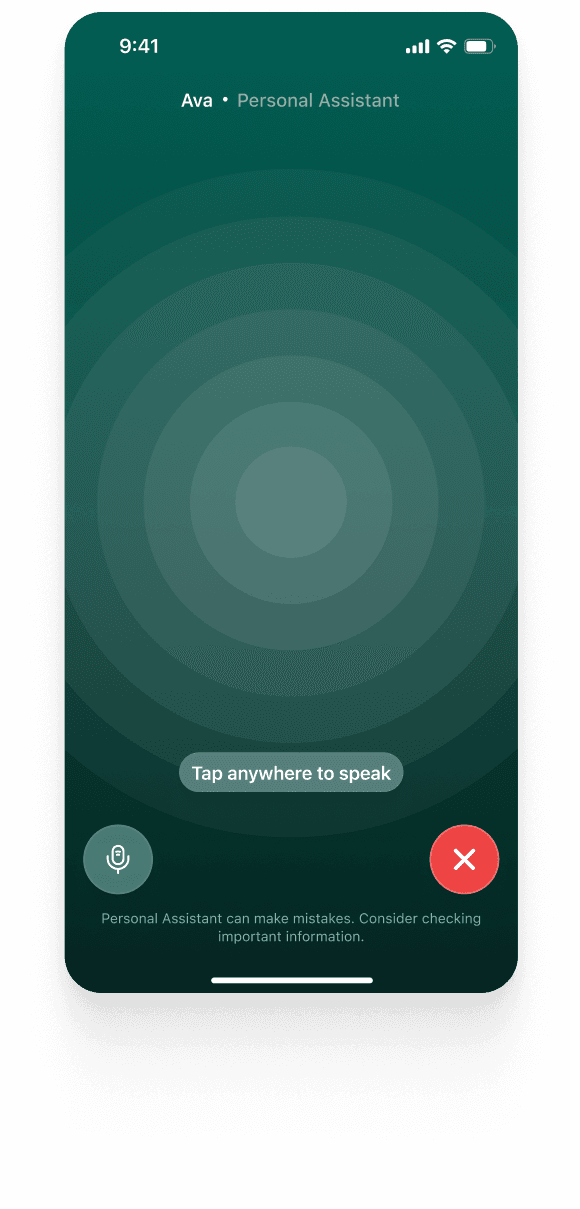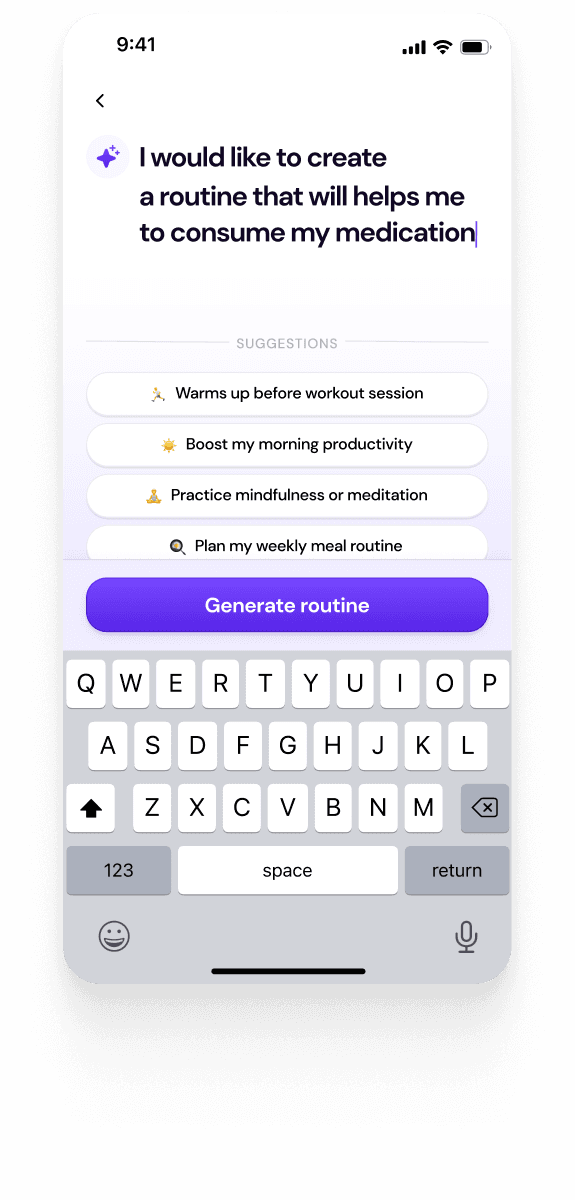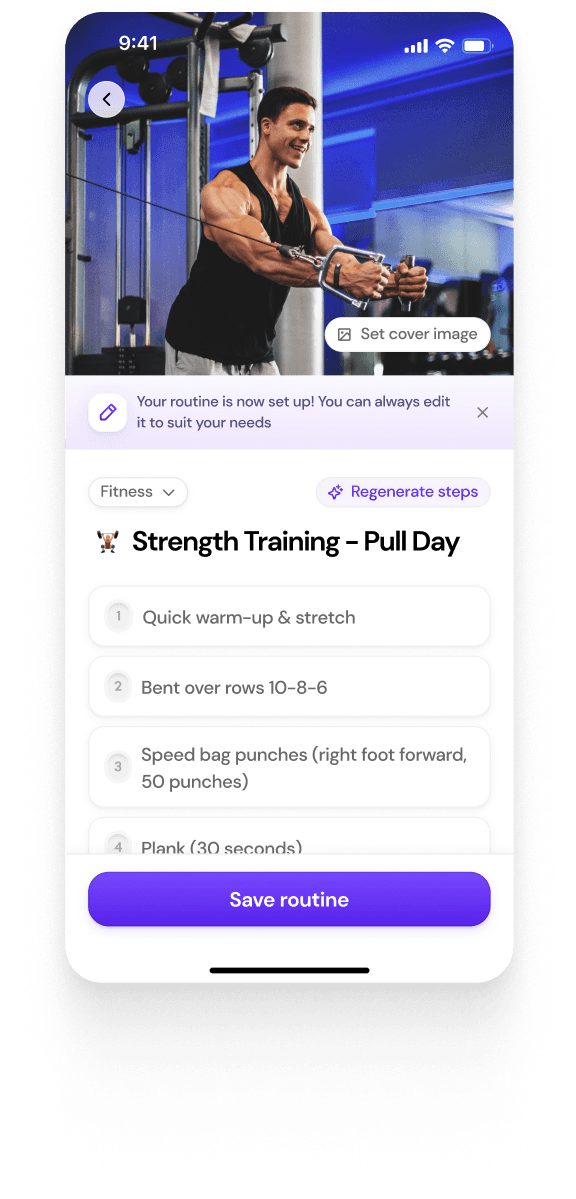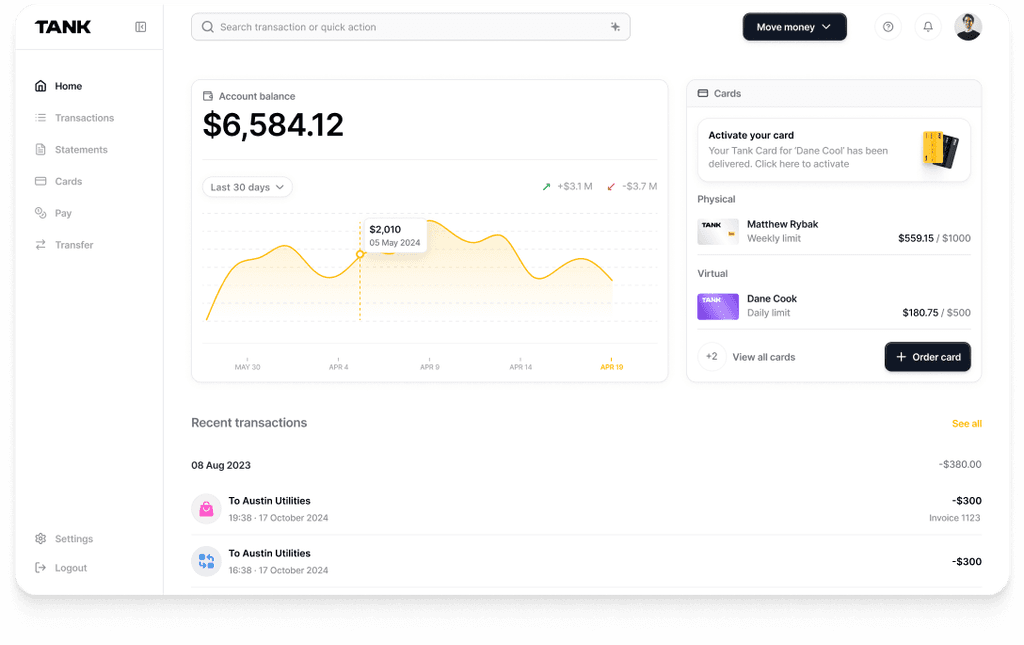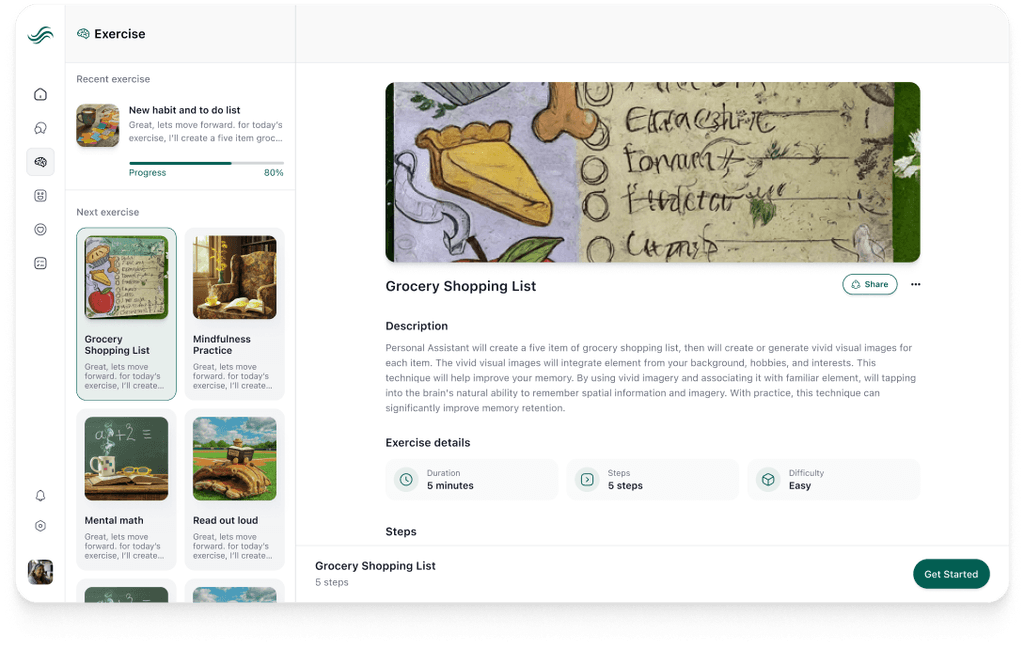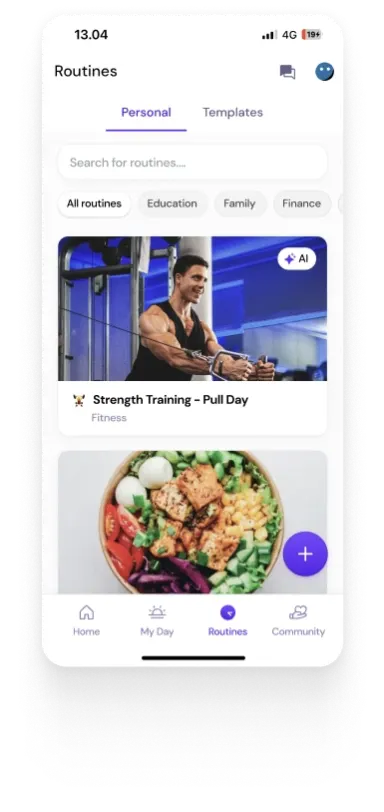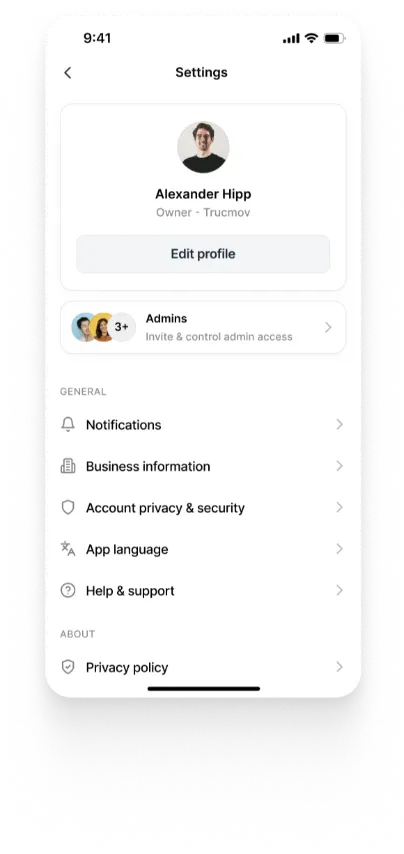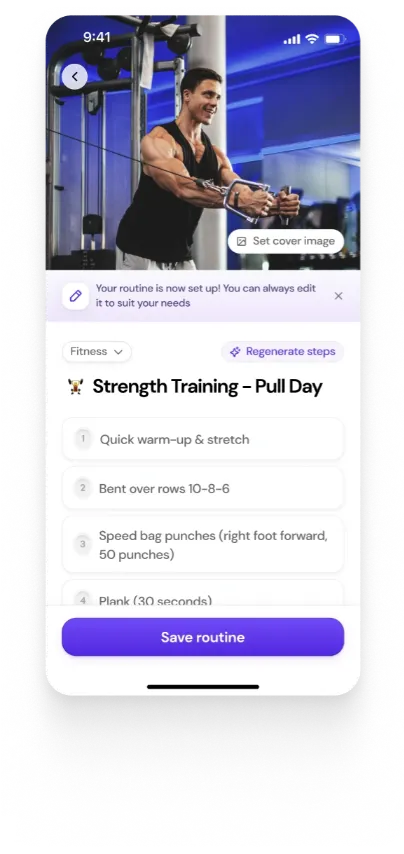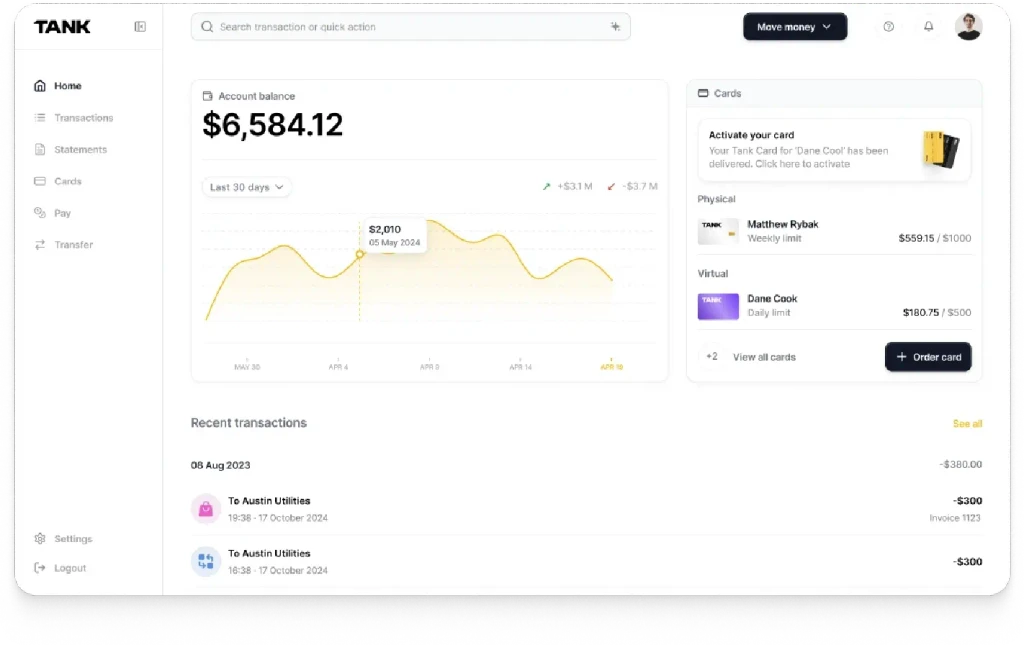AI Operating Systems: The Next Generation of Product Innovation
Summary
AI Operating Systems (AI OS) are redefining product innovation by embedding intelligence directly into software infrastructure. Unlike traditional OS, AI OS can learn, adapt, and automate complex tasks. Platforms like Walturn’s Steve demonstrate their transformative power in product design, robotics, enterprise software, and more—ushering in an era of self-evolving, intelligent digital ecosystems.
Key insights:
Paradigm Shift in Computing: AI OS transitions from rule-based execution to dynamic, self-learning systems that anticipate user needs and optimize workflows.
Cross-Industry Disruption: From healthcare to defense, AI OS enhances automation, predictive analytics, and operational coordination across sectors.
Steve by Walturn: Steve is a pioneering AI OS that integrates memory, agents, and workflows, enabling seamless collaboration and automation for AI development.
AI-Driven Product Workflows: AI OS redefines product creation by accelerating design, testing, and deployment with data-driven, intelligent suggestions.
Opportunities and Risks: While offering speed, personalization, and innovation, AI OS adoption presents challenges in data privacy, integration, and system reliability.
New Role for Developers: Engineers must now design for adaptability and intelligence, balancing AI autonomy with oversight and ethical safeguards.
Introduction
AI Operating Systems (AI OS) are emerging as a transformative force in technology, redefining how products are designed, built, and experienced. AI OS platforms integrate intelligence into the very fabric of our hardware and software, in contrast to conventional operating systems that only control hardware and execute programs. They make judgments on their own, adjust to user behavior, and learn from data. This evolution offers developers, product managers, and startup founders an intriguing new frontier: goods that can practically think and learn, resulting in breakthroughs in automation, customization, and creativity. This insight examines how AI operating systems are influencing next-generation products in a variety of industries, including consumer apps, robotics, business software, and IoT devices. It also discusses the opportunities and difficulties that come with expanding upon these intelligent platforms.
From Traditional OS to AI OS: A Paradigm Shift
The shift from conventional operating systems to AI-driven OS is a fundamental change in computing. Conventional operating systems are mostly rule-based and static; they carry out preset commands and need human input or manual upgrades for the majority of their choices. An AI operating system, on the other hand, is dynamic and self-learning. By identifying trends, anticipating requirements, and independently maximizing performance, it keeps getting better. Practically speaking, this means that an AI operating system anticipates commands rather than merely waiting for them. It can show information using conversational, organic interfaces rather than inflexible menus, improve security by anticipating threats, and dynamically distribute resources.
Think of a traditional OS as an efficient manager, and an AI OS as a proactive strategist. An AI-based system may examine your workflow and reorganize it to help you complete a project more quickly than a traditional system, which will run your programs and save your data. The paradigm is changing from one of reaction to action. AI OS represents a fundamental shift from static, rule-based systems to dynamic, self-learning platforms that can anticipate needs and optimize performance autonomously. These more intelligent systems blur the distinction between an operating system and an intelligent assistant by utilizing machine learning (ML), natural language processing (NLP), and predictive analytics at their heart.
Importantly, AI OS platforms are not just a theoretical concept; they are already being developed and deployed. Like the shift from command-line interfaces to graphical user interfaces (GUIs) decades ago, tech leaders view them as the next big thing in computing. Previously isolated tasks are now being seamlessly integrated in early AI OS examples. For example, Steve, Walturn's AI operating system, demonstrates how analytics, engineering, and design can all come together to form a single ecosystem. Although we will go into more detail on Steve later, it is important to note right now that AI operating systems are here and have the potential to completely change the way we use technology in all fields.
Practical Implementations Across Industries
AI OS platforms are already driving innovation across a wide range of industries, serving as the intelligent backbone of new solutions. They significantly increase productivity and open up new possibilities by integrating automation, data analysis, and decision-making skills straight into the operating environment. To observe this in action, let us examine a few important industries:
Enterprise Software (Finance and Healthcare): To improve fraud detection, automate trading methods, and expedite regulatory compliance, financial institutions are incorporating AI OS capabilities. Compared to a human analyst, an AI-driven operating system can perform preventative steps, identify unusual patterns that may indicate fraud, and monitor transactions in real time. AI OS solutions help physicians and administrators in the healthcare industry by improving diagnosis and automating repetitive tasks. An AI operating system in a hospital, for instance, might examine patient data to forecast the likelihood of deterioration or suggest treatment strategies while efficiently allocating resources. A quicker, more intelligent decision loop that can enhance operational effectiveness and patient outcomes is the end consequence.
Manufacturing and Robotics: AI operating systems that coordinate the control of large fleets of robots and Internet of Things devices are making factory floors smarter. These systems modify production plans on the fly and perform predictive maintenance on machines by evaluating sensor data to anticipate breakdowns before they occur. Consider that NVIDIA has even revealed an AI-optimized operating system for its next-generation robotics platform, allowing humanoid robots with both quick reflexes and more complex reasoning skills. AI OS-controlled robots are able to cooperate and adapt. An AI operating system called Mithra is being used by entrepreneurs in the defense industry, such as ARX Robotics, to transform regular military vehicles into self-sufficient units that can coordinate their activities like a digital commander. ARX’s AI OS connects different vehicle types and enables modes where vehicles operate unmanned, boosting operational performance and troop safety in the field. These examples demonstrate that AI OS is not merely running programs in industrial and robotics applications; it is also running the show, coordinating intricate digital and physical processes with little assistance from humans.
IoT and Consumer Apps: Perhaps the most relatable impact of AI OS is in our everyday environments.AI operating systems in smart homes are the invisible hand that may cooperatively handle all of your gadgets. Imagine your thermostat regulating itself since it is aware of the temperature in your body as well as the temperature of the room and the weather. Or your refrigerator purchasing milk automatically when it detects that you are running low. These are anticipated behaviors in a home powered by an AI operating system, not fantasies. Actually, there are already early signs of this future: AI is being used by platforms like Google Nest and Amazon Alexa to learn your preferences and patterns, then modify the settings for lighting, thermostats, and appliance routines accordingly. In the future, an AI operating system will connect all of our devices into a single, seamless network that can anticipate our requirements and plan our course of action without explicit instructions. When an AI brain connects the dots, the Internet of Things (IoT) becomes much more powerful. For example, your thermostat, fridge, phone, and automobile may all work together via an AI operating system to improve your personal comfort and save energy.
Retail and Personalization: Businesses are using AI OS capabilities in the retail industry to provide highly customized shopping experiences. These systems have the ability to examine consumer behavior on websites, mobile apps, and in-store interactions in order to customize dynamic pricing and product recommendations for each individual. An AI operating system might, for instance, recognize that a user has begun riding based on the information provided by their smartphone fitness app and modify the user's shopping app to emphasize available cycling equipment. This level of personalization is increasingly common – in fact, 71% of consumers now expect personalized interactions from brands. This is made possible by AI OS, which continuously learns from every user interaction and situation. Imagine entering a store, either online or in person, and having the entire experience—from the product selection to the layout or interface—adapt to your requirements and tastes at that precise instant. AI OS-driven retail can increase customer engagement and loyalty by anticipating their needs, often even before they are aware of them..
These industry examples reveal a common thread: AI operating systems serve as intelligent orchestrators. They create a single learning system by combining previously unrelated tools and data streams. AI OS platforms automate complicated operations and facilitate large-scale, real-time decision-making, whether it is coordinating medical equipment and health information, streamlining supply chains, or syncing household devices. The benefits are substantial: businesses that use AI OS claim quicker innovation cycles and lower operating costs, giving them a competitive advantage over those that continue to use conventional settings. In many respects, AI OS is emerging as the driving force behind the upcoming wave of consumer and business product innovation.
AI OS in Product Design and Development Workflows
Not only are AI OS platforms changing finished products and services, they are also transforming how we build those products. From concept to deployment, AI OS may serve as a co-pilot for developers and product managers, automating time-consuming procedures and offering data-driven insights. Workflows in design, engineering, and teams are significantly impacted by this.
Consider product design. Research, prototyping, user testing, and numerous revisions fueled by human intuition and static tools are the traditional steps involved in developing a new product or service. A large portion of this process can be enhanced or even automated by AI with an AI operating system. An AI operating system might, for example, utilize generative algorithms to automatically create several design mockups tailored for various user segments or evaluate usage data from millions of users to recommend which features should be prioritized. By analyzing data and simulating concepts, the AI OS turns into a creative collaborator that helps managers and designers make better decisions. In order to create products that feel virtually custom-made, some AI OS platforms are even looking into ways to anticipate consumer wants and incorporate those insights back into the design process.
Nowhere is the transformative potential of AI Operating Systems more evident than in the development of AI infrastructure itself. Steve by Walturn stands at the forefront of this evolution, positioning itself as the world’s first true AI OS. Steve functions as a centralized AI center intended to integrate, oversee, and optimize the AI experience throughout a whole company, rather than being restricted to a specific use case. Because of its shared memory architecture, AI apps may easily share context, facilitating more intelligent tool collaboration. Steve may be reached by chat through natural-language interfaces, which removes the need for technological obstacles when working with intricate AI models. Steve builds a clever, safe, and integrated environment for implementing and managing AI across teams and functions with built-in privacy and encryption mechanisms, a marketplace for discoverable AI solutions, and secure integration to more than 100 third-party apps.
Steve reimagines how organizations adopt AI by offering a fully integrated, user-friendly platform and it combines intelligence, automation, and data continuity in the operating layer. Companies can install and run AI apps that share data and workflows across departments, whether for analytics, marketing, development, or customer support, in addition to doing discrete tasks. Steve's Developer Center gives developers access to the shared memory system and plug-and-play integration APIs, enabling them to create and run their own AI-powered apps. This networked ecosystem guarantees that all tools stay synced and context-aware while lowering deployment barriers for AI. Steve ushers in a new era in which AI operating systems act as the fundamental layer for contemporary digital enterprises by democratizing access to potent AI capabilities while preserving enterprise-grade security and interoperability.
How does Steve achieve this? Under the hood, it combines multiple AI agents and tools into one cohesive OS. Steve uses natural language chats with the developer to keep the project's "context-aware memory" intact so it can continue longer tasks. When you prompt the AI OS to "Add a login screen with Google sign-in," it retains all of the app's context, including previous instructions, code, and design principles, and applies the change consistently. To make that new code adhere to the overall structure, it makes use of a self-updating "Code Bible," which is essentially a live map of the project. In the process, Steve tests the code proactively, finds flaws, and fixes them when it can, only stopping to seek human assistance when it is absolutely required. Pull requests, QA testing, and deployment procedures are fully automated, providing end-to-end workflow automation with almost no developer setup required. Steve, in other words, does the heavy lifting of engineering, freeing up human developers to concentrate on more complex product strategy and innovative ideas.
Steve’s contributions highlight what’s possible when building on an AI OS platform. It is a whole AI-powered development infrastructure, not simply an app. Steve's architecture can plug in various AI "skills" as needed because it has a shared memory system and an integrated marketplace of specialized AI capabilities. Steve can contact the relevant AI module from its ecosystem and exchange context with it if a task requires a design proposal, data analysis, or API integration; this all takes place in the operating system's background. Traditional operating systems never provided AI agents with this cooperative approach. Steve is more than just a platform - it is an AI-powered infrastructure that centralizes AI workflows, integrates specialized AI agents, and provides a shared memory system for continuous learning and cross-functional collaboration. An AI OS like Steve can handle intricate, multi-step tasks (like creating a whole program) in a really autonomous manner by coordinating several AI tools in concert. This is an example of a new product development paradigm in which engineering velocity is determined by dialogue and iteration with an AI instead of by hand coding.
For startups and product teams, such capabilities are game-changing. They enable teams to iterate considerably more quickly and lower the barrier to developing complex products (even lone founders may quickly create production-grade apps). Early adopters are drastically reducing the build-measure-learn cycle by using AI OS platforms to prototype ideas in a matter of days, validate them with users, and then modify or improve them based on AI-driven analytics. With automation at every stage, AI OS is essentially taking the principles of agile development to a new level. As AI OS tools advance, product design and development should shift from creating each component by hand to directing intelligent systems with overarching objectives.
Opportunities and Challenges of Building on AI OS Platforms
Every disruptive technology comes with its opportunities and challenges, and AI Operating Systems are no exception. Despite their potential, adopting AI OS as the basis for their businesses presents special challenges for founders and developers. Here, we explore the differences between creating on AI OS and traditional platforms, as well as potential pitfalls.
1. Opportunities
First, the upside of AI OS is enormous.Due to quicker development cycles and the automation of labor-intensive processes, businesses using AI OS in product development have reported notable increases in speed and efficiency, with some observing returns on investment as high as 8x. An AI operating system can optimize resource utilization, which directly reduces costs (imagine servers shutting down when not in use or devices' batteries being intelligently controlled). Predictive maintenance can reduce downtime expenses in industrial settings, and hyper-personalized user experiences can boost engagement and sales, among other new revenue potential. AI OS may allow for previously unheard-of levels of innovation in product creation by quickly producing and testing concepts. (pushing the limits of what a small team can invent). Because the OS is handling learning and real-time adaptation to new needs, founders who develop their apps or services on AI OS platforms may find that they may increase functionality and user base with significantly less overhead. The ability of an AI operating system to integrate a company's data and tools into a single intelligent layer - a single "brain" for the business's operations - is crucial. Because the AI OS easily exchanges insights and synchronizes activities throughout an organization's tech stack, this can dismantle departmental silos (design, engineering, marketing, etc.)
Moreover, building on AI OS differentiates your product in a crowded market. Because the core of your product is always evolving, you may provide clever features that your more established competitors cannot. Products developed on AI OS will be positioned to meet and surpass consumer expectations by providing more intuitive and tailored experiences, especially as 71% of consumers demand personalization in the age of AI. AI OS platforms are a creative sandbox for forward-thinking businesspeople, allowing them to reimagine nearly every aspect of a product with intelligence at its heart.
2. Challenges
On the flip side, building on AI OS comes with challenges not present in traditional OS development. One major concern is complexity and integration. Compared to their conventional equivalents, AI operating systems are by nature more complicated. There are numerous moving components when integrating autonomous agents, real-time data streams, and machine learning models into the operating system. It can be difficult to integrate an AI OS into current infrastructure because older systems may not be compatible with an AI layer that requires continuous data flows. In order to meet the AI OS's computing requirements, early users frequently have to invest in specialist AI chips and cloud services or deal with hardware compatibility concerns. In essence, there is a greater barrier to entry in terms of technological know-how and computational power. An AI OS needs careful architecture and frequent adaptation to meet the particular use case; a startup cannot approach it like a plug-and-play module.
Data privacy and ethics pose another critical challenge. AI OS platforms gather a lot of sensitive data because they are data-driven (learning from logs, device sensors, user behavior, etc.). The stakes for data security are raised since an AI OS hack might reveal a wealth of user context. Concerns have also been raised regarding the AI algorithms' decision-making process: may they unintentionally inject prejudice or render biased judgments? Could an AI OS in an employment application, for instance, reinforce historical biases in recommendations if it is learning from prior data? These are serious concerns. Robust privacy, transparency, and fairness safeguards are necessary for responsible AI OS development. Engineers need to make sure that their AI operating system is not a mystery; rather, it should provide mechanisms for auditing and managing its choices. As regulations catch up to AI's capabilities, regulatory compliance becomes more and more crucial. To employ AI OS technology in a responsible manner, businesses must comply with rules like the GDPR for data protection or new legislation governing AI oversight.
Lastly, we must address that AI OS changes the developer’s role. Building upon these platforms requires developers to consider more than just static code and APIs; they also need to consider training data, model behaviors, and ongoing upgrades. Debugging an AI operating system can be challenging since repeatability of a defect may be a problem as the system learns and adapts. Reliability is another issue; older operating systems are supposed to be stable (if your Linux or Windows breaks too frequently, that is undesirable). If a learning algorithm with AI OS is not adequately controlled, there is a chance that instability may be introduced. As a result, thorough testing, validation, and occasionally innovative development techniques are needed. There is a learning curve: teams may require the assistance of ML engineers and AI specialists in addition to conventional software developers.
Despite these challenges, the consensus in the tech community is that the benefits far outweigh the difficulties if AI OS is implemented thoughtfully. Early adopters are already dealing with these problems and exchanging best practices; Walturn, for instance, stresses the need for human supervision and unambiguous ethical standards when implementing Steve in practical initiatives. Similar to how improved libraries and platforms made web development easier, tools and frameworks are gradually appearing to make AI OS development more accessible. In order to guarantee that various devices and apps can seamlessly integrate into AI OS environments, open-source projects and standardized APIs for AI components are also being developed. According to all of this, creating on AI OS is getting easier and more reliable every month, even though it still requires cautious navigation today.
Conclusion
AI Operating Systems represent a pivotal development in the tech landscape, one that is rapidly shaping the next generation of products and user experiences. AI OS systems give developers, product managers, and founders access to a new creative canvas where software is not only created but also learned and developed. AI OS-powered products can surpass anything operating on outdated static systems in terms of automation, personalization, and intelligence. The possibilities are endless, from startups like Walturn showing that even software engineering can be accelerated by an AI OS co-pilot to companies utilizing AI OS to reimagine their workflows.
We stand at an inflection point where operating systems are evolving from passive executors of code to active collaborators in creativity and problem-solving. Although there are obstacles to overcome when building on an AI OS, those who carefully consider this change have the chance to produce solutions that are more user-focused, responsive, and efficient. Using an AI operating system might mean the difference between being at the forefront of technology and business or falling behind. The secret is to embrace it with respect for the new duties it entails, as well as excitement for its potential to change the game.
As we look ahead, the line between “product” and “participant” will blur – our apps, devices, and services will increasingly participate in shaping themselves around our needs.This fascinating trend is being driven by AI operating systems. Now is the moment for today's tech innovators to pay notice and try new things. Great products of the future will probably be those that not only benefit users but also grow and change with them. In an AI OS environment, technology transforms from a tool into a dynamic collaborator in invention. And that future is arriving faster than one might expect – truly the dawn of a new era for products and the people who create them.
Authors
Experience the Power of Steve
Transform your product workflows with Steve, the AI OS built for rapid, intelligent development. From concept to deployment, Steve automates engineering, enhances collaboration, and unlocks a new era of AI-driven product design.
References
McKinsey . “What Is Personalization?” McKinsey & Company, 30 May 2023, www.mckinsey.com/featured-insights/mckinsey-explainers/what-is-personalization.
Stein, Eli, and Kelsey Robinson. “Unlocking the next Frontier of Personalized Marketing.” McKinsey & Company, 30 Jan. 2025, www.mckinsey.com/capabilities/growth-marketing-and-sales/our-insights/unlocking-the-next-frontier-of-personalized-marketing.














